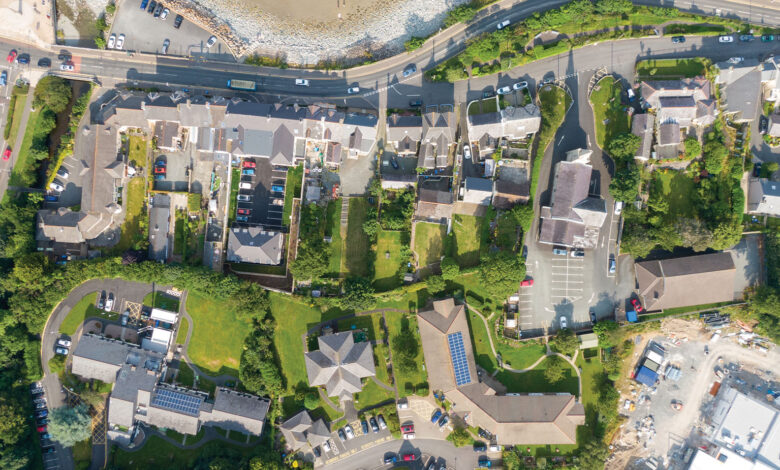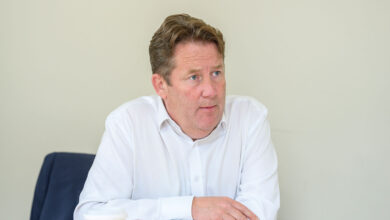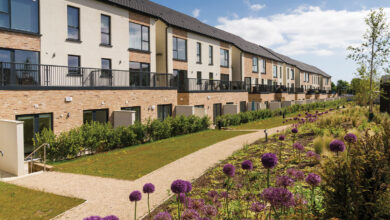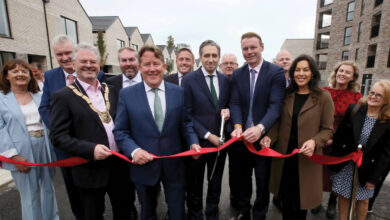Nearly 7 per cent of State’s children in ‘housing need’

235,659 people – 4.4 per cent of the State’s population – have an ongoing housing need, of which 92,116 (or 39 per cent) are children, according to a report by the Parliamentary Budget Office (PBO).
In its report, Social Housing – Ongoing Need 2023, published in August 2024, the PBO estimates that at the end of 2023 there was a minimum of 235,659 people making up the households with an ongoing need, this equates 4.4 per cent of the total population (as per Census 2022).
Within the 235,659 figure are an estimated 92,116 dependent children (under the age of 18) equivalent to 6.6 per cent of all children aged 18 or under in the State.
Within the ongoing need, children account for 39 per cent of individuals living in either HAP funded accommodation or in households on a social housing waiting list.
‘Ongoing need’ is a term introduced by the Parliamentary Budget Office (PBO) in 2022 which aims to capture “the cohort of households eligible for, but not yet in receipt of, social housing”. It quantifies the number of households on the social housing waiting lists and lists households in receipt of Housing Assistance Payment (HAP).
The PBO report estimates that there were 115,425 households with an ‘ongoing need’ for permanent, state-supported housing at end-2023 comprising of 58,824 eligible households on the main social housing waiting list, plus, 56,601 active HAP tenancies. This was down from 116,886 households at the end of 2022 (-1.25 per cent).
The report estimates a cost of €34.95 billion to build new, appropriate, permanent social housing for everyone with an ongoing need. This is an estimated decrease of €57 million from 2022, the net result of higher year on-year construction costs being partially offset by a reduction in households with an ongoing need.
At the end of 2023, there was a minimum of 235,659 people (4.4 per cent of the total population) making up the households with an ongoing need including an estimated 92,116 dependent children (under the age of 18). This is equivalent to 6.6 per cent of all children aged 18 or under in Ireland.
11.8 per cent of all households in the Galway City Council area had an ongoing need, the highest percentage share in Ireland. Dublin City Council is next at 10.4 per cent.
27.4 per cent of applicants for social housing and HAP recipients, combined, are over the age of 50. 12.2 per cent (6,882 households) of total HAP recipients in Ireland are single and over the age of 50. With this cohort more likely to continue to require state support for housing in future, the costs of providing appropriate housing will only increase in line with the recipient’s age, as more specialist housing and adaptations may be required.
The report acknowledges that there is a significant disparity between average HAP and new private monthly rents being paid across all counties, demonstrating the difficulties that exist for HAP tenants to source suitable and affordable accommodation.
On a national level, the PBO estimates that the State would need to increase its existing social housing stock by 56 per cent to accommodate all households with an ongoing need. The required increase in Fingal is 105 per cent – the highest in the country.
Currently, there is no published report which sets out the total number of active local authority tenancies in a given year. As such, the PBO recommends that detailed statistics relating to all forms of social housing – new and existing – are published annually.
Speaking to eolas Magazine in June 2024, Minister for Housing, Local Government and Heritage Darragh O’Brien TD said that the Government has fallen short on social housing delivery targets “due to the post outbreak of the war on Ukraine in supply chain and on increased costs”.





